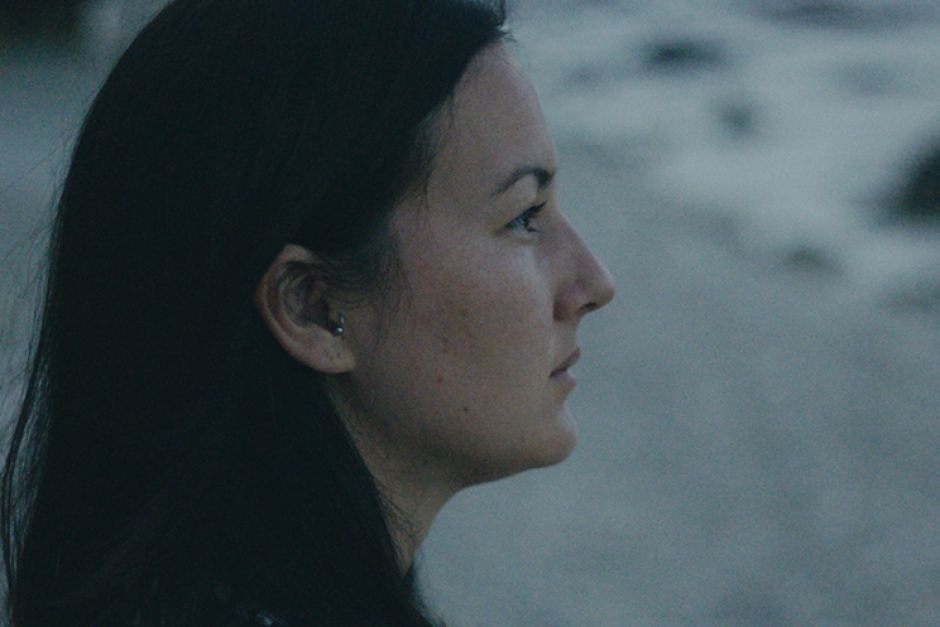It had been three weeks since filmmaker Gabrielle Brady travelled from her home in Indonesia to Christmas Island to spend some time with her long time friend, trauma and torture counsellor Poh Lin Lee. The pair had been having fun playing tourists, enjoying the beaches, going for walks, taking in the scenery.
The tone changed dramatically one morning when Lee came to Brady and told her “before you go, I have to show you something”.
The pair got in Lee’s car. In the back was a machete, a necessity for anyone seeking to trek the island’s overgrown jungle.After a short drive they got out and carved a path through the trees until they reached their destination – a lookout point above the Christmas Island detention centre.
“I had been there for three weeks”, Brady recalls, “and in those three weeks I had almost forgotten that the detention centre existed. It’s so invisible, hidden away in the jungle.”
“To see it was very chilling.”
Lee had been hesitant to talk about her work since her friend had arrived, and now, seeing the centre where around 200 migrants were waiting to be processed and moved to Australia, Brady started to understand why.
“As things were getting worse…she was looking for a way to really respond to what was happening”, says Brady. That response, they decided, was to make a film: Island of the Hungry Ghosts.
It wasn’t going to be easy. The Australian government had recently moved legislation forbidding those working in detention centres from discussing the conditions within. Those found to have done so faced two years in jail. Now Lee and Brady didn’t just have to establish trust with their subjects, they had significant legal issues to consider.
“At the beginning, the question was ‘can we even make a film?’. Answering that was a journey. The film took four years to make, and a huge part of that was dealing with the legals.”

The hybrid presentation of the documentary is as much a response to those considerations as it is a stylistic choice. The blurred lines the mix of narrative-style presentation and non-fiction issues form provided Brady flexibility where there may otherwise have been none, and allowed subjects the chance to address their feelings and concerns in visual, theatrical ways.
It also informs the broader elements of Island of the Hungry Ghosts, as it explores the migration of 40 million red crabs across the island, and reflects on its history as a labour camp for Chinese and Malay subjects of the British empire.
These elements intertwine in the greater narrative effortlessly, a result of the work Brady put into capturing a comprehensive view of Christmas Island. Over four years, she visited the island six or seven times, working in “collaborative effort” with the locals, detainees, and counsellors alike to craft a potent, enchanting story.
“People were genuinely excited that someone was there to hear other stories…and present it in a different way.”
Even through post-production, Brady sent sequences to subjects, allowing them to provide feedback to ensure they were comfortable with their portrayal. Trust and support were critical, especially considering what was at stake.
Finally, after screenings at international festivals, Island of the Hungry Ghosts will hit Australian cinemas in 2019. The release comes at an interesting time. As the film was completed, Christmas Island’s detention centre was shut down. Now, in February 2019, it is set to reopen. While Brady says the news is “terrifying”, she’s not surprised.
“It was always a possibility. We were quite sceptical…because until offshore detention centres are closed, and there’s some kind of reckoning for what’s happened over the last 18 years, it won’t be over.”
At a time when the treatment of migrants is again making front page news, a government reaction to the film is all but ensured. Brady, and everyone involved in the production, are aware of it. However, it’s the audience’s reaction to Island of the Hungry Ghosts that actually matters. The documentary was designed partly as Lee’s response to her experience working in the detention centre, but now it’s up to viewers to respond. Only then will the reckoning, and change, come.
—
Island of the Hungry Ghosts screens March 3rd as part of ACMI’s Documentary Showcase. The screening will be followed by a Q&A with Director Gabrielle Brady.
